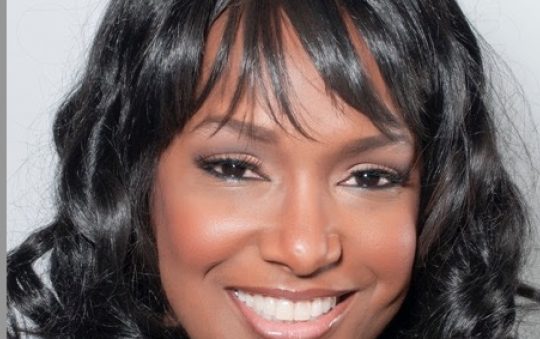
The myth that African-American skin doesn’t crack is pervasive in society, but is it actually true? The answer is no. Whether it’s from aging, sun exposure, smoking or repetitive facial expressions, nobody is immune to the skin creases and fine lines that come with age. And the area around the eyes is particularly susceptible to such changes.
According to many dermatologists, the skin under and around the eyes is delicate and thinner, making it a place where wrinkling and lines can show up more prominently than other areas of the skin.
Culturally, women of color often approach aging differently than other groups. Rather than focusing on the external signs of aging, they prioritize health and wellness from the inside out.
This mindset means that many women of color have positive body images and embrace aging with grace. While some people may invest in expensive creams and treatments to maintain a youthful appearance, women of color often question the value of these products, choosing instead to focus on natural approaches to staying healthy and feeling good.
Related Stories
Covered California Names Dr. Monica Soni as New Chief Medical Officer
Recent studies have supported this, showing that African American women tend to spend more on skin care products than on makeup. In fact, a survey conducted by Nielsen found that Black women in the United States spend an average of $127 per month on skin care, compared to $42 per month on makeup.
On the must have list in skin care, there’s compelling evidence that using high-quality eye creams and premium facial moisturizers can significantly help prevent and repair unsightly wrinkles and fine lines, but there’s one crucial caveat: these products must contain powerful and clinically proven active ingredients, such as potent retinols (or prescription retinoids) or effective vitamin C derivatives.
Retinols and prescription retinoids are closely related chemical compounds derived from vitamin A. These substances can increase cell turnover, prevent collagen breakdown, produce new collagen and create more hyaluronic acid (a substance the body produces naturally that helps keep the skin hydrated).
Topical vitamin C is also believed to help inhibit and repair wrinkles. It is a potent antioxidant that neutralizes harmful molecules called free radicals that can damage the skin. It also helps with collagen production.
There is also evidence that skin care products containing hyaluronic acid may improve the appearance of the skin. This ingredient can plump the skin, giving it a more youthful look. However, these effects are only temporary.

When it comes to eye creams versus regular facial moisturizers, experts agree that eye creams are generally not worth the extra money. Eye creams may be a bit thicker or have a lower strength of active ingredients compared with other facial skin care products, but overall, they tend to cost much more per ounce than regular moisturizers used for the face, and they often don’t have ingredients that are much different.
In light of these findings, it’s clear that the notion that African American skin doesn’t crack is a myth. It’s important to acknowledge that wrinkles can affect anyone, and the best way to prevent them is through sun protection.
While eye creams can be helpful in preventing and repairing wrinkles, facial moisturizers containing active ingredients such as retinols, prescription retinoids, or vitamin C are cost-effective alternatives that can work just as well.
However, it’s important to note that the results of these products require consistent use over time, and should not be expected to provide immediate or overnight results. “Black is clearly beautiful,” but there are no overnight miracles.






